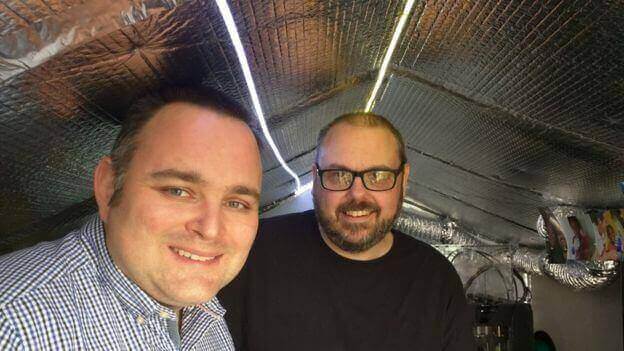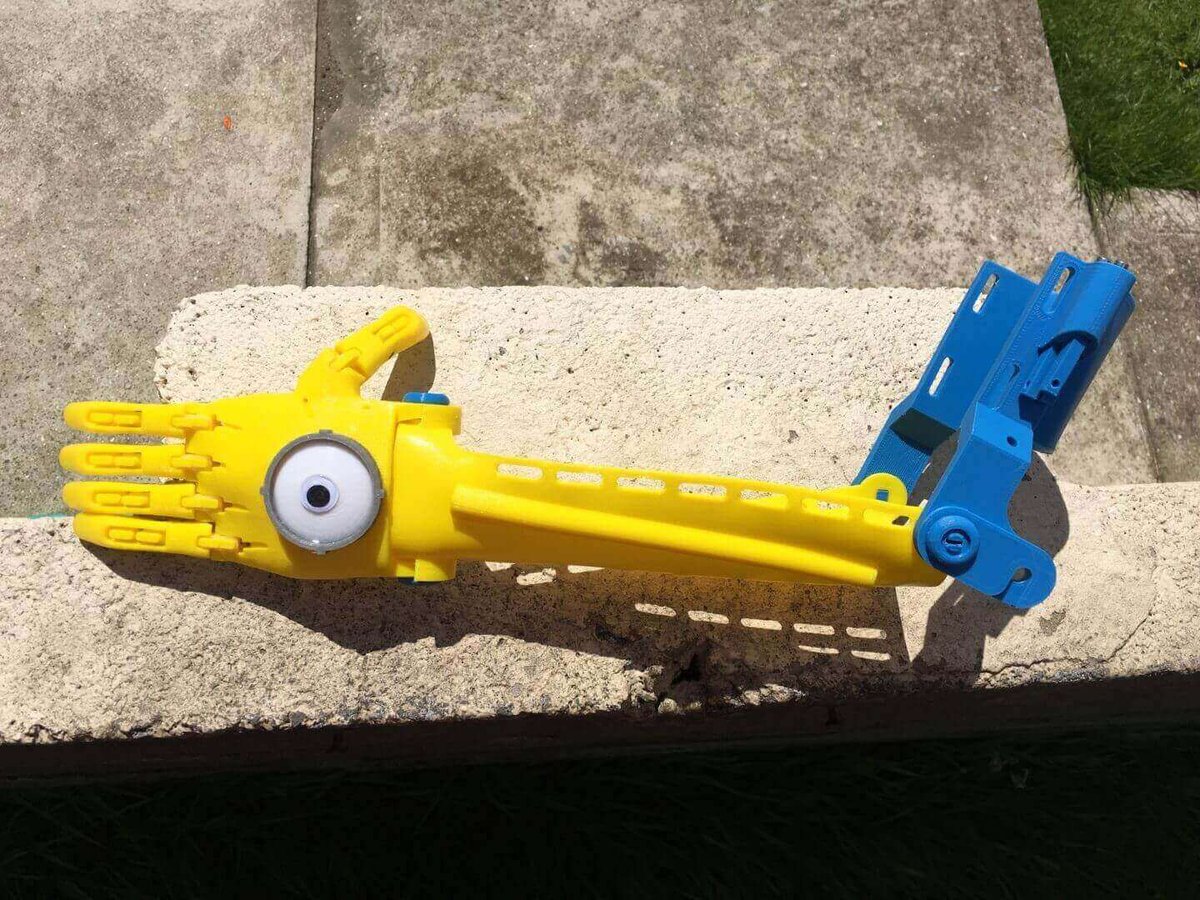A duo of British men calling themselves Team Unlimbited are helping change the lives of children all around the world – with some help from a 3D printer.
Stephen Davies (below, right) was born without a hand. When he was offered a prosthetic by the NHS, he was reduced to tears. He decided to take a different route and went in search of a prosthetic more suitable to wear.
From this quest, he met Drew Murray an IT consultant from Milton Keynes. Murray is also a member of the volunteer network, e-Nable. This organization helps people by 3D printing hand prostheses.
Murray 3D printed a hand for Davies and the results were fantastic. Davies said to the BBC: “I never thought I would have been able to afford something like that. I felt 10ft tall, walking down the road, wearing it. It gave me a huge boost in confidence. I was so blown away by that, I knew I had to get involved.”
To help give more people this feeling, Davies and Murray teamed up. After investing hundreds of pounds into two 3D printers and materials, Team Unlimbited was born.

Team Unlimbited Helps Children Worldwide
Team Unlimbited’s first design was based on the existing e-Nable model. They created their own designs which are also open-source. Anyone who has access to a 3D printer, some fishing lines and velcro can make their own.
“Everything we do is funded by myself and Stephen and generous donations,” explained Murray. “We are not a charity, we’re just two men in a shed. It’s rewarding to use our professional skills in a different way.”
Team Unlimbited allows children to design their own hand by choosing their favorite colors and patterns. From here, Davies and Murray take over and print.
“I work full time, I’ve got kids, I’ve got a 10-month-old baby; we spend all our evenings and weekends doing this,” said Davies. “We do it all for free, we don’t even charge postage.”
It takes 12 hours to print one prosthetic and costs £30 in materials. It’s also no surprise that the two are swamped with requests. The shed is full of photos of smiling children from around the world wearing their prosthetic.
Murray says the focus is to keep the arm open-source and available for everyone. Because there is no CE-mark, the prosthetic cannot be sold. Although the device is not as robust and can’t hold as much weight as a traditional prosthetic, it could take save parents a lot of money. Children grow quickly and by having a 3D printer, a new arm can be made just as fast.
Although the device is not as robust and can’t hold as much weight as a traditional prosthetic, it could take save parents a lot of money. Children grow quickly and by having a 3D printer, a new arm can be made just as fast.
Source: BBC
License: The text of "Team Unlimbited Change Lives from a Garden Shed" by All3DP is licensed under a Creative Commons Attribution 4.0 International License.
